I've embedded a resource (an XSD file) in my ASP.NET MVC application. Now, I'd like to retrieve this file from code.
Looking at the documentation for Assembly.GetManifestResourceStream(), it takes a string argument that is the "case-sensitive name of the manifest resource being requested".
Well, I don't find that very helpful and, of course, there was no example to be found on MSDN. What is the name of the manifest resource? Is it the name of the file? Is it the full path and name of the file? Or is it a separate name that is given to the resource itself and, if so, how do I set that name?
